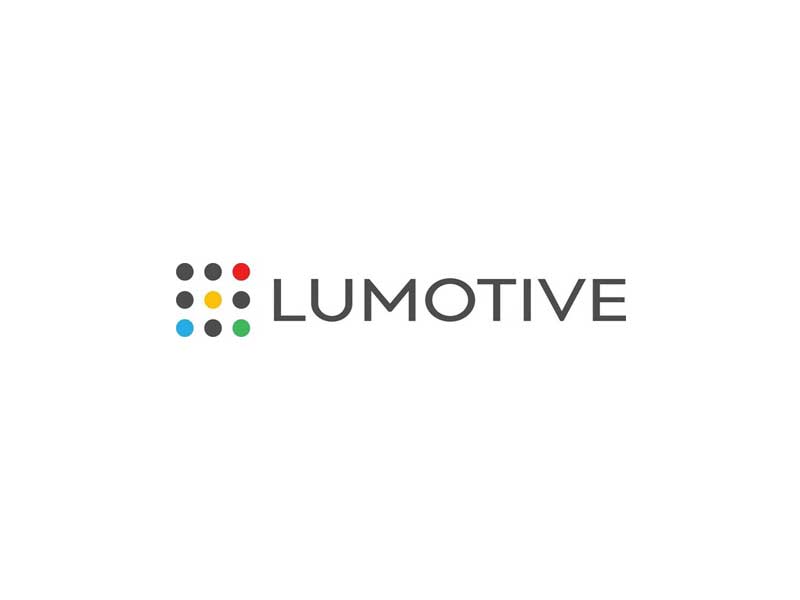Lumotive, a leader in optical semiconductor technology, has officially announced a partnership with Lattice Semiconductor, renowned for low-power, scalable FPGA solutions, to build out a revolutionary platform meant for advanced 3D sensing.
According to certain reports, the stated collaboration will facilitate the integration of Lattice’s FPGA into Lumotive’s Light Control Metasurface (LCM™) beam-steering chip module. More on the same would reveal how this development places Lumotive’s solid-state beam-steering technology with Lattice’s advanced field-programmable gate arrays (FPGAs) to deliver precise, scalable, and efficient solutions for real-world applications.
Together, the stated technological combination will be able to provide advanced features like dynamic Regions of Interest (ROI), HDR, and Foveation that offer unparalleled flexibility for tailored use cases.
“By embedding Lattice’s FPGA into our beam-steering chip module, we’re not just advancing 3D sensing—we’re unlocking the full potential of 3D perception,” said Dr. Sam Heidari, CEO of Lumotive. “This collaboration sets a new standard for precision, scalability, and efficiency, giving developers the tools to innovate faster and tackle the most pressing challenges in industrial and autonomous applications.”
Talk about some possible use cases on a slightly deeper level, we begin from an automated warehouse, where a robotic forklift has to navigate through aisles populated with moving elements, including workers and various equipment. To aid this forklift’s case, the promised dynamic ROI will allow the sensing system to focus on nearby human workers and essential machinery, while giving less priority to stationary shelving or far-off items. Such an approach, like you can guess, treads up a long distance to ensure safety and operational efficiency without burdening the system with irrelevant data.
The next use case here is rooted in an autonomous vehicle transitioning from a tunnel into bright sunlight. You see, a majority of conventional sensors have displayed difficulty maintaining precision amid such swift lighting shifts. In contrast, the combined solution’s HDR sensing adapts in real time to ensure visibility and allow the vehicle to swiftly identify pedestrians or other vehicles, even in difficult conditions.
Hold on, there is more, as the technology also has substantial potential when it comes to industrial automation. You see, a robotic arm tasked with assembling electronics must achieve precision at its designated location. To accommodate that need, the new solution’s Foveation feature makes it possible for the sensing system to focus high-resolution data on the specific assembly point, while simultaneously employing lower resolution for the surrounding areas s to enhance performance and conserve resources.
Among other things, we ought to mention that both Lumotive and Lattice also plan on showcasing their combined technology, at Lattice DevCon 2024, as well as the way they can transform the landscape of industrial automation, robotics, and autonomous mobility.
Going by the available, this showcase is likely touch on outdoor sensing precision, which the system will achieve on the back of accurate detection up to 80 meters, with robust performance at 40 meters in sunlight, operating at 20 Hz FPS. Alongside that precision, you can also come expecting an optimal amount of user adaptability, which will allow you to access real-time adjustments tailored to diverse use cases.
Next up, the companies are going to unveil the solution’s ability to generate a wide field of view, a view which spans across 120° x 90° for comprehensive coverage. Complementing the same would be its seamless interface compatibility that will support MIPI/USB. It can also be easily bridged to Ethernet via Lattice FPGA.













